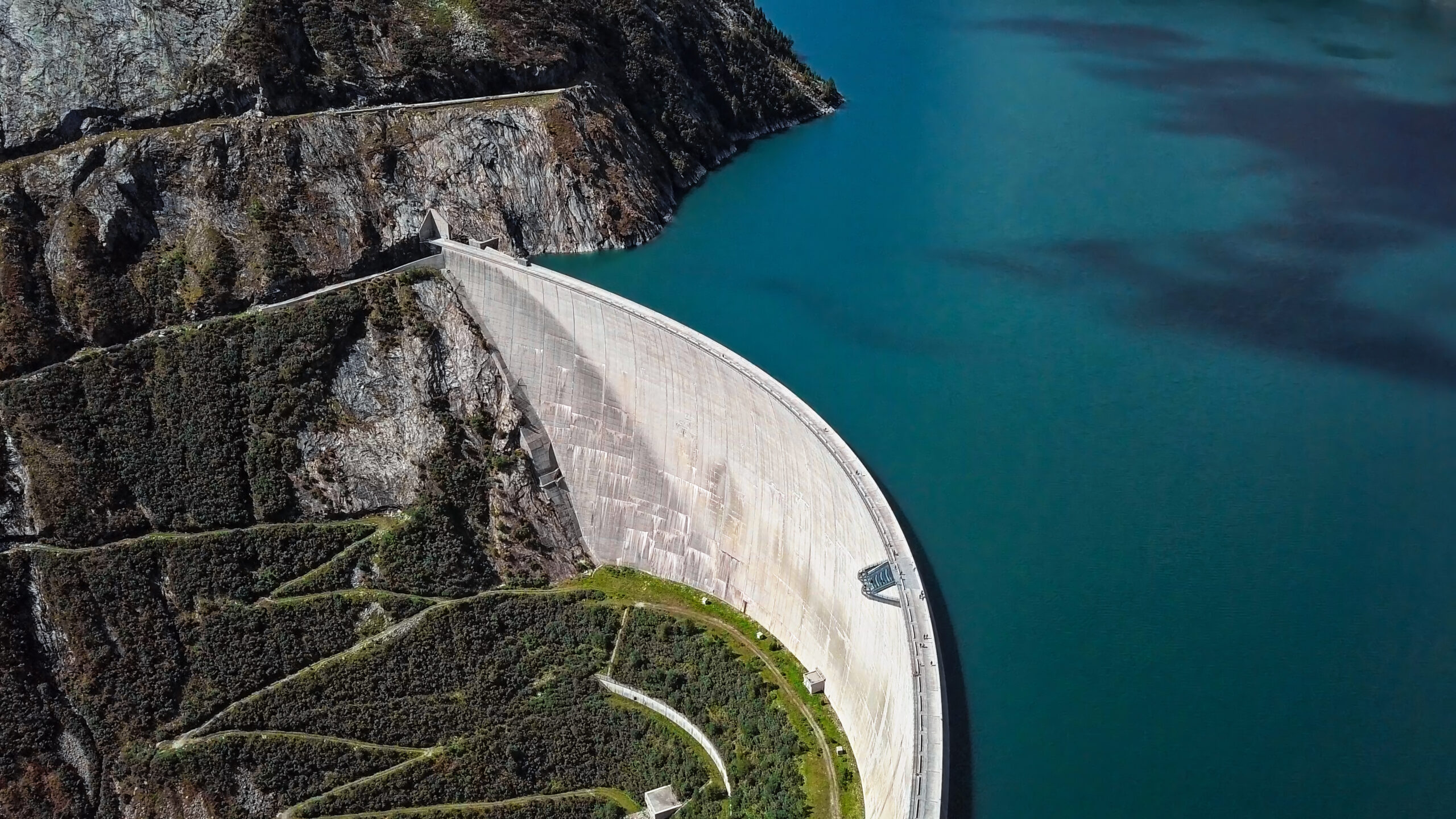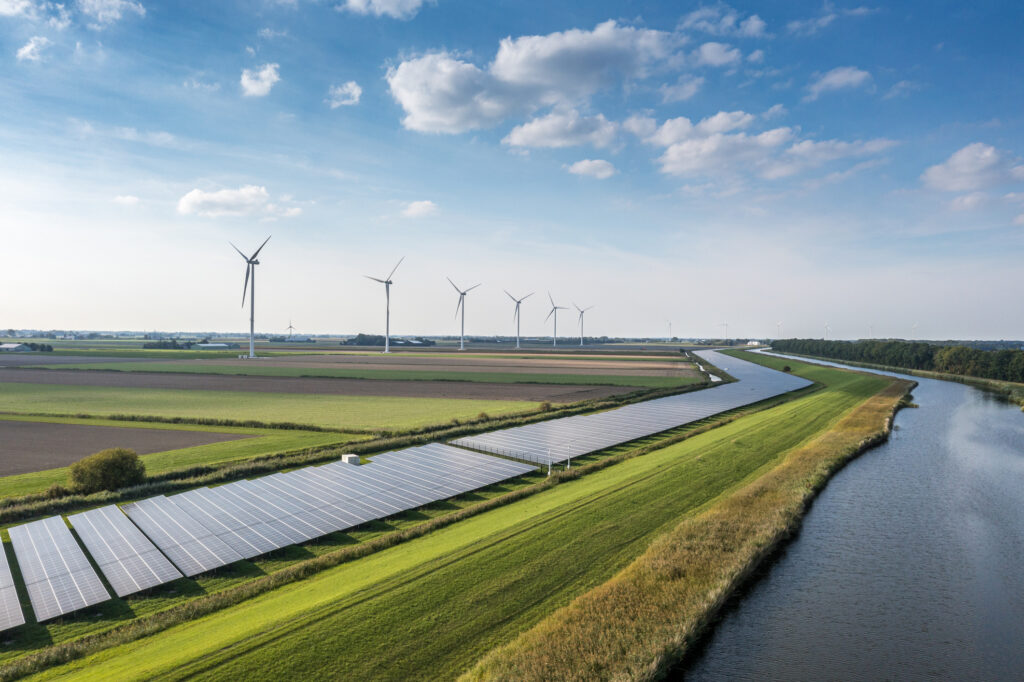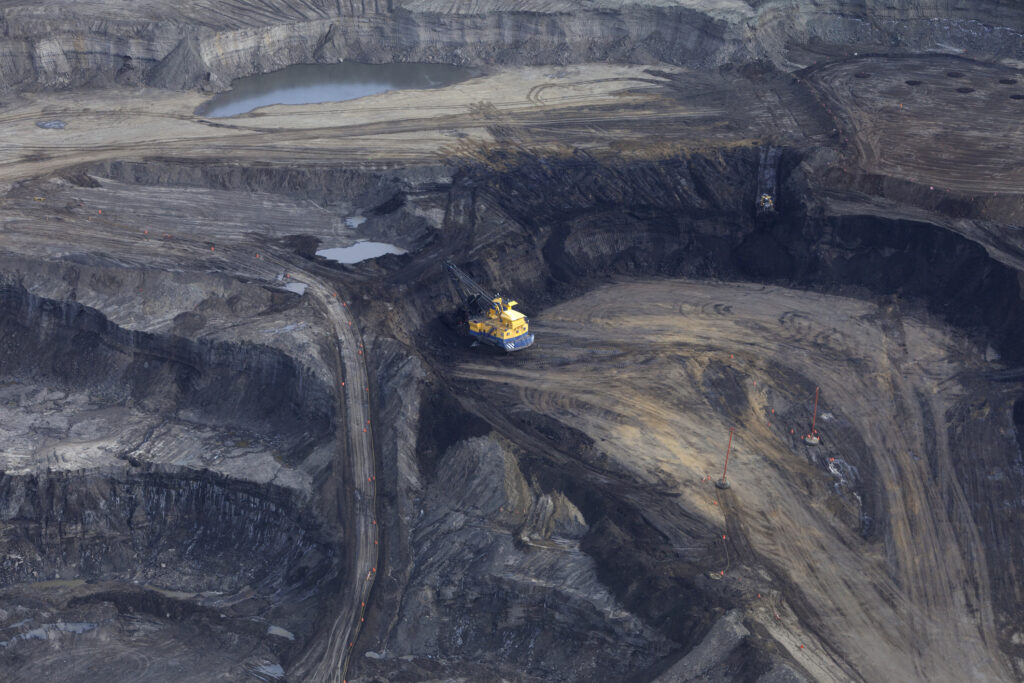With long lead times and a highly uncertain future, investments in disruptive technologies can be especially difficult to evaluate. One global energy company found that adopting a multi-criteria framework could better align its technology portfolio with corporate objectives and value-drivers.
Situation Analysis
The vice president responsible for a renewable energy company’s technology and innovation portfolio grappled with how to make new investments in disruptive technology, given the uncertainty in how future markets, adoption rates, delivery infrastructure, and breakthrough technology might unfold. Most investment proposals were typically presented to management individually, by an advocate who had little incentive to accurately reflect potential downsides. Siloed, one-off decisions like this made it difficult to use consistent criteria to evaluate wide-ranging and disparate investment opportunities.
A key aspect of these emerging technologies was how they should be integrated into the current portfolio. Many of the emerging technologies would be direct substitutes for or competitors to current offerings. Others would enhance current offerings and create synergies with the existing portfolio.
Could a better approach align all technology investment decisions based on the contribution of each to business objectives and value-drivers? The VP hoped to find a framework that would provide a consistent method of evaluating all investments in the portfolio—more than 100 opportunities in all.
Discovery & Solution
The VP engaged Strategic Decisions Group to develop a structure that would provide clear rules and guidelines for investment proposals and decisions, using a multi-criteria solution that incorporated management’s strategic objectives and preferences for how to trade off those objectives. Ultimately, investments as disparate as hydrogen production or carbon capture and storage could be compared with one another and with other investments in the portfolio.
SDG’s team began by asking experts within the global organization to share their opinions on the technologies under consideration. The objective was to develop a common understanding of what factors make a technology suitable—or unsuitable—for investment. Then, working with decision makers at various levels throughout the organization, SDG’s team explored the organization’s strategy and objectives. Using value-focused thinking—an approach articulated by decision scientist Ralph Keeney in his book of the same name—a set of fundamental objectives emerged as key value drivers for the company’s new energy technology portfolio.
The team developed an evaluation questionnaire to guide investment proposals, where the objectives were operationalized into meaningful scales with concrete steps accompanied by debiasing guidelines. The process would be overseen by a group of “fundamental objective champions” who would advise and referee project teams, further ensuring consistency. These champions collected and analyzed the input, often finding outliers that would require further clarification from the project teams.
In a second set of interviews, SDG’s team used a structured process to document decision makers’ preferences for how they would trade off the fundamental objectives. Decision makers were asked, for example, to commit to a specific level at which they would sacrifice one objective in favor of another. This exercise produced an agreed-to set of weights for each of the fundamental objectives, allowing investment opportunities to be compared and aggregated by their scores.
Results & Impact
This new process enabled decision makers to compare investment proposals quickly and easily. Disruptive technologies could now be evaluated by how well they met the common set of objectives driving the company’s portfolio. The evaluation not only increased the efficiency of the investment proposal process, but also allowed decision makers to identify and fast-track “must have” technology investments without delay.
Given the speed with which technology related to the energy transition is moving, the management valued its ability to respond quickly to new investment opportunities, seeing it as a key competitive advantage.
Related Content
Explore further insights from our experts.













